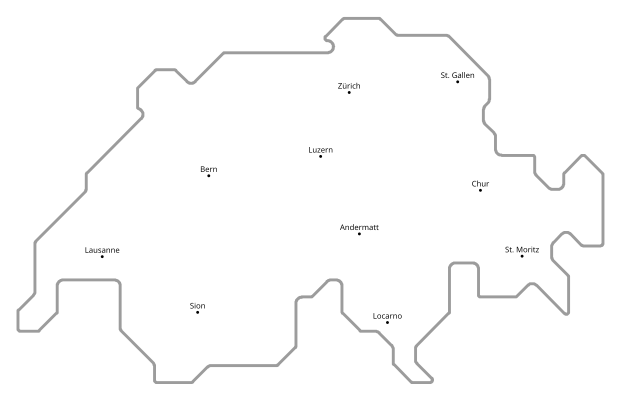Soil water is the trees' source of water and food and thus directly impacts forest ecosystem functions and productivity. Therefore, we study the quantity of water available to trees and its quality.
Contents
Research
Both quantity and quality are affected by climate change, such as the recently experienced increased drought frequency and air pollution. With long-term measurements of soil moisture conditions and soil solution chemistry, we provide a basis for decision-making for politicians and forestry specialists.
Forest water fluxes are essential beyond the forest since they are a source of drinking water, supply runoff to the rivers and feedback on climate via evapotranspiration and carbon release.
Objectives
- How much water is available in Swiss soils today (nowcasting) and under changed climatic conditions (scenarios)?
- How are the water quality and biogeochemical cycles affected by air pollution, e.g. nitrogen input and climatic extremes?
- Where does a tree get its water from, and how can it adapt?
Approaches
- Water availability monitoring: With the network SwissSPOT we assess soil water conditions across Switzerland in near real-time.
- Soil solution monitoring: Field surveyors across Switzerland spread out every second week to collect soil solution samples in four soil depths. These samples are analysed for major elements in our lab
- Modelling ecosystem water fluxes: We use a mechanistic Soil-Vegetation-Atmosphere (SVAT) model to upscale the water availability data and link it with the soil solution data to infer changes in biogeochemical cycling.
- Tracing fluxes with water isotopes: To help separate green and blue water fluxes, estimate water residence times and different water consumption strategies of trees, we use stable water isotope measurements in the soil and the tree xylem.
